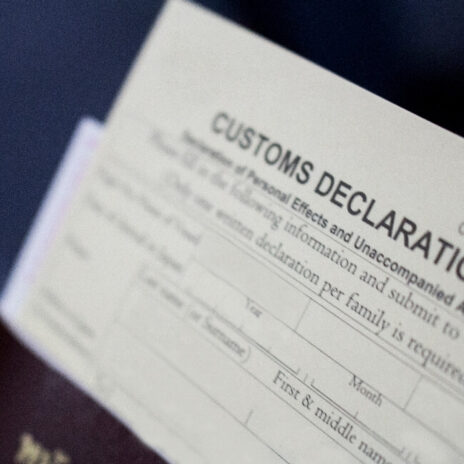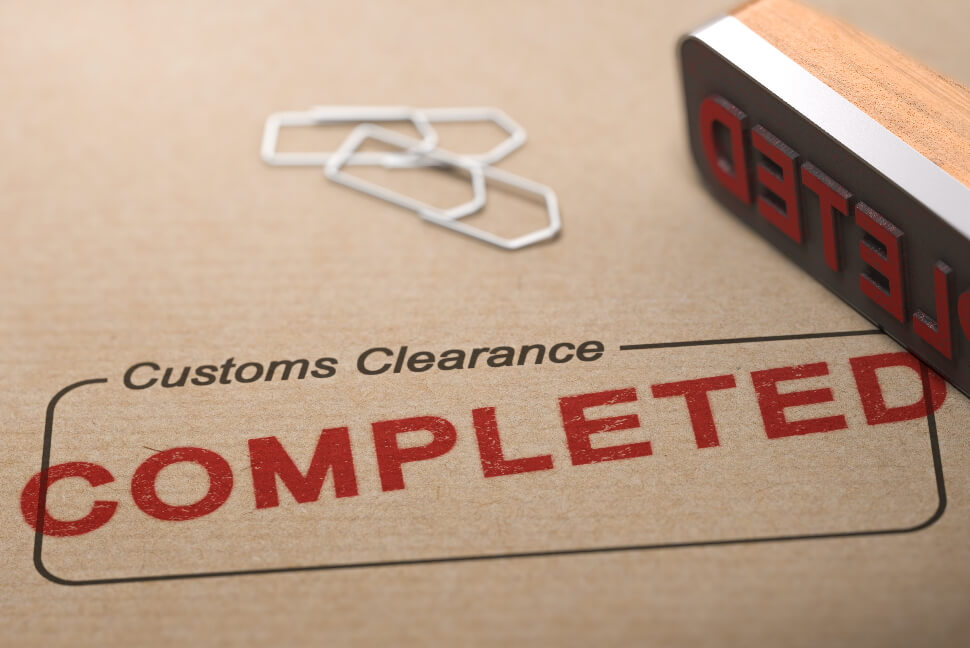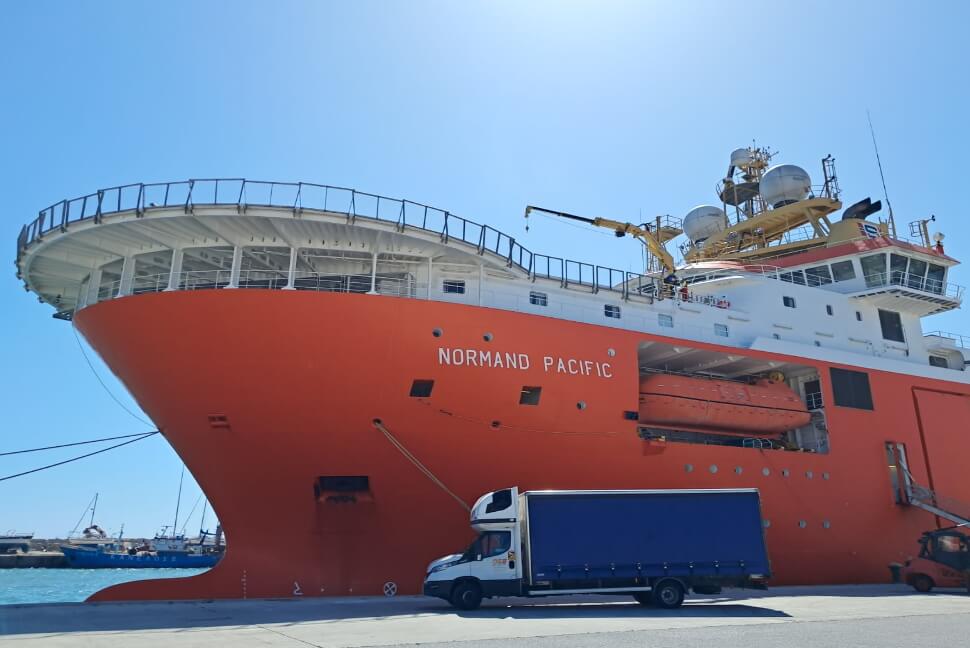
A beginner’s guide to customs clearance
Shipping your consignment internationally isn’t a straightforward process, mainly due to the complicated administrative procedure that comes with it.
Carrying out customs clearance for international shipments is a necessary but sometimes daunting task, especially when you don’t have all the required information to hand.
Until recently, customs clearance has only applied to goods moving outside the EU, such as Norway, Switzerland, America and the Far East. However, in the post-Brexit era, this now applies to the movement of all goods in and out of the EU.
What is customs clearance?
The term custom clearance refers to the administrative process that comes with transporting your consignments internationally.
Regardless of whether they are transported by road, air, sea, or train, international freight that crosses your customs borders must go through this procedure.
This process ensures that the items in your consignment are in compliance with the law, have the correct documentation, and have the appropriate duties applied.
How does the customs clearance process work?
There are different customs requirements for every country, and no two borders are identical. However, the customs clearance process is fairly similar across the world.
There are generally three main factors that will impact the procedure. These are the trade regulations of the exporting and importing countries, the types of goods being exported and whether or not there are any free trade agreements in force between the two countries.
There are a few administrative tasks that you need to complete before your consignment reaches the borders; it’s important that you ensure that you are registered with the customs and border security agency, identify the country of origin of the consignment, confirm that it is legal to import/export to/from that country and complete any necessary declarations or paperwork before shipping the cargo.
Once your consignment reaches the border, the customs official will first assess the documentation that comes with your shipment. The officer will use this to determine whether or not taxes and duties need to be applied to your consignment. They will base this decision on the product’s kind, quantity, and legal regulations of the country.
If the shipper has not paid for taxes and duties in advance, the customs officer will then request payment. Once all fees have been paid and the necessary paperwork has been approved, the customs officer will release the consignment.

What documents do I need for the customs clearance procedure?
You can export your goods with the following three documents:
- Commercial Invoice
For international freight, a commercial invoice is an incredibly important document. It gives information to the customs officials that allow them to determine whether the items can enter or leave a country and whether any controls are necessary. The authorities can also calculate taxes and duties using this document.
- Packing list
The packing list allows everyone participating in the process to check what is being shipped at different points along the journey. Additionally, officials use it to prove that the information on the commercial invoice and the contents of the package match.
- Bill of landing
A bill of landing serves three major functions and is essential for the customs clearance procedure. First, it is a document of title to the goods and includes the details of the receiving party which the carrier is shipping the goods to. Second, it serves as proof of receipt of the goods by the carrier obliging him to deliver the goods to the consignee. Finally, it represents the agreed terms and conditions for the transportation of the goods.
How long does the customs clearance process take?
The time in which the customs clearance process will take depends on several factors. As each individual country has its own customs procedures, timing will depend on the territory your goods are entering. In the ideal scenario, the process to clear any individual consignment can take anywhere from 12-24 hours.
However, there are a number of reasons why the customs clearance process could be delayed. Paperwork mistakes can cause items to be held up in customs for an extended period of time, costing importers and exporters extra money in the form of demurrage and detention.
The volume of consignments passing through customs also significantly influences how long it takes to clear customs. As well as this, some consignments may be selected for auditing.

How OSE can facilitate your custom procedures
Our highly experienced Customs Clearance team can ensure you are fully prepared when looking to export or import goods to and from the UK.
We can advise you on all aspects of the process, talk you through the different terminology and incoterms, appoint customs clearing agents from our network of European partners, arrange T1 transit documents and finalise customs formalities at the end of the transit of each consignment.
For more information about how we can help you move your cargo internationally, visit our dedicated customs clearance page.
